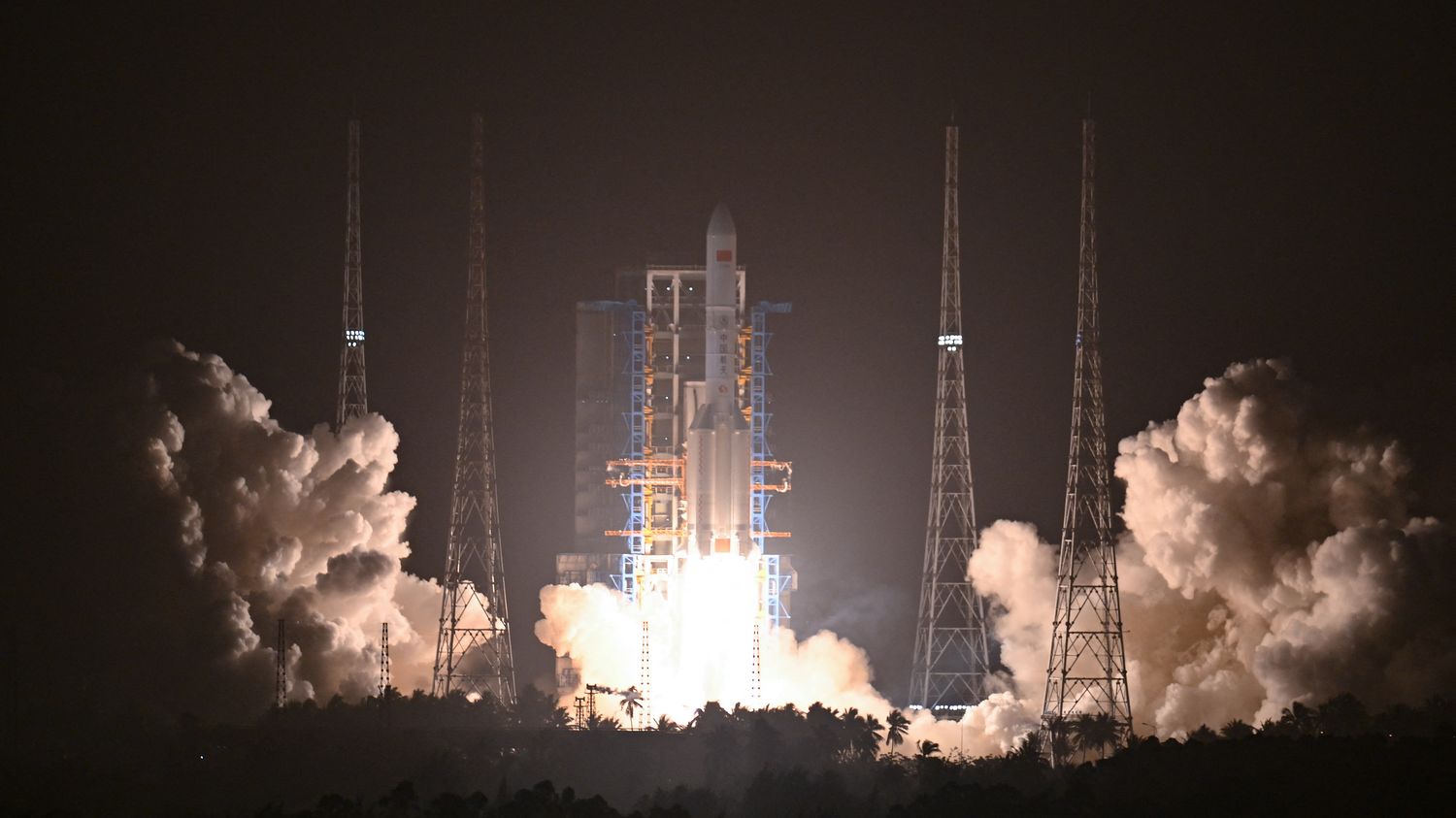In China, this year will be that of the great “leap forward” in terms of space conquest. The country does not hide its ambitions: to overtake Russia and the United States and become the leading space power in 2030.
Published
Update
Reading time: 3 min

If France has its defense white paper, China has its space “blue book”. This document, which details the ambitions of the Middle Kingdom each year, has just been made public on Monday February 26. And this year, it’s going to be exciting: 100 different launches are planned, compared to 67 last year, which was already a record year.
In total, this means that more than 300 Chinese satellites will be put into orbit. There will also be two manned flights to the Tiangong station, inaugurated two years ago, and the launch of the very latest carrier rockets, including the Long March-12, among the most powerful in the world, capable of sending a mass of six tons at an altitude of 700 kilometers.
Beijing wants to overtake India, the very latest member of the club, but above all to overtake the historic ones, Russia and the United States, to become the leading space power in the world in 2030. Target set by President Xi Jinping.
The obsession with the moon
China embarked on the conquest of space roughly 50 years late. But when she starts investing, everything happens very quickly. In 2003, it became the third country capable of sending a human into space alone. The first taikonaut, Yang Liwei, is a national hero. Then, since the United States doesn’t want her on the ISS, the international space station, she builds her own facility.
Exploring the Moon is also his obsession. While waiting to send humans there, China is sending robots there. In 2019, one of them even lands on the far side, which no one has ever managed to do. In 2021, she also lands a robot on Mars.
The United States still dominates the sector
But it will take time before it can truly compete with the United States. This year, as in 2023, there will still be many more American launches than Chinese ones. The big difference is the development of commercial flights. Last year, SpaceX, Elon Musk’s firm, launched 96 rockets alone – almost two per week – to continue its deployment of Starlink internet satellites. This is the rhythm she has been following since the start of the year.
Of course, Beijing also encourages the development of private companies (at least three of them are carrying out tests this year), notably for the Guo Wang project, which has nearly 13,000 satellites and which is often considered a rival to Starlink, with civil and military applications. But the sector remains largely dominated by the state enterprise, CASC, which in 2024 will still ensure seven out of ten launches.
